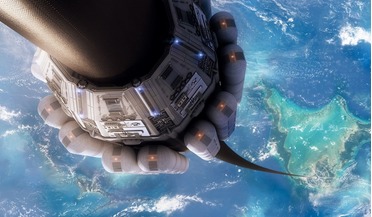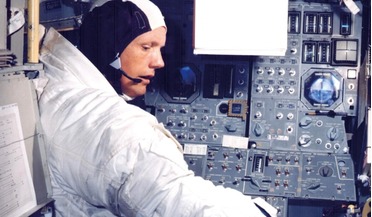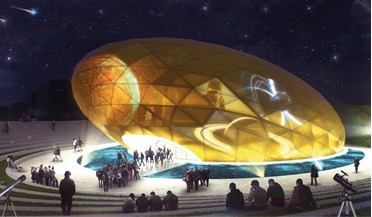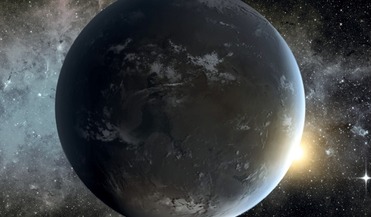 February 2019
The Space Elevator – an alternative path to space?
February 2019
The Space Elevator – an alternative path to space?
... 27.5 metric tons (mt), or 1.4 percent of total rocket mass with over 2,000 mt on the launchpad. The largest rockets, the Saturn V and the upcoming SpaceX BFR (2017) version [4], compete with a half-dozen train-wagon-equivalents, at 140...
 April 2019
Scanning the skies for exoplanets
April 2019
Scanning the skies for exoplanets
... the main bulk of those gases are helium and hydrogen, meaning the exoplanet is more of a small Jupiter or Saturn-like planet rather than a large Earth. As such it wouldn’t have a rocky surface, said Armstrong. Although TESS...
 June 2019
Does the speed of light change with time?
June 2019
Does the speed of light change with time?
... his telescope toward the sky. He was the first to see craters on the Moon, the captivating rings of Saturn and the four largest moons of Jupiter. Enamoured with what he saw, Galileo held the first star...
 July 2019
A reluctant American hero
July 2019
A reluctant American hero
... journey ended with a successful splashdown in the Pacific on 24 July after more than eight days in space. The Saturn V launch vehicle (SA-506) for the Apollo 11 mission lifts off at 13:32 UTC, 16 July 1969, from launch complex...
 August 2019
Reinventing the space museum
August 2019
Reinventing the space museum
... start to see more familiar, captivating images from Hubble Space Telescope, along with aerial shots of Mars, Saturn and Pluto. More interactive artefacts may include life-sized replicas of SpaceX or Virgin Galactic’s prototypes for...
 October 2019
Are we prepared for SETI discovery?
October 2019
Are we prepared for SETI discovery?
... Version 1.1. The Dragonfly mission, due to launch in 2026 and arrive in 2034, will fly to dozens of promising locations on Saturn’s icy moon, Titan, looking for prebiotic chemical processes common on both Titan and Earth, advancing our...